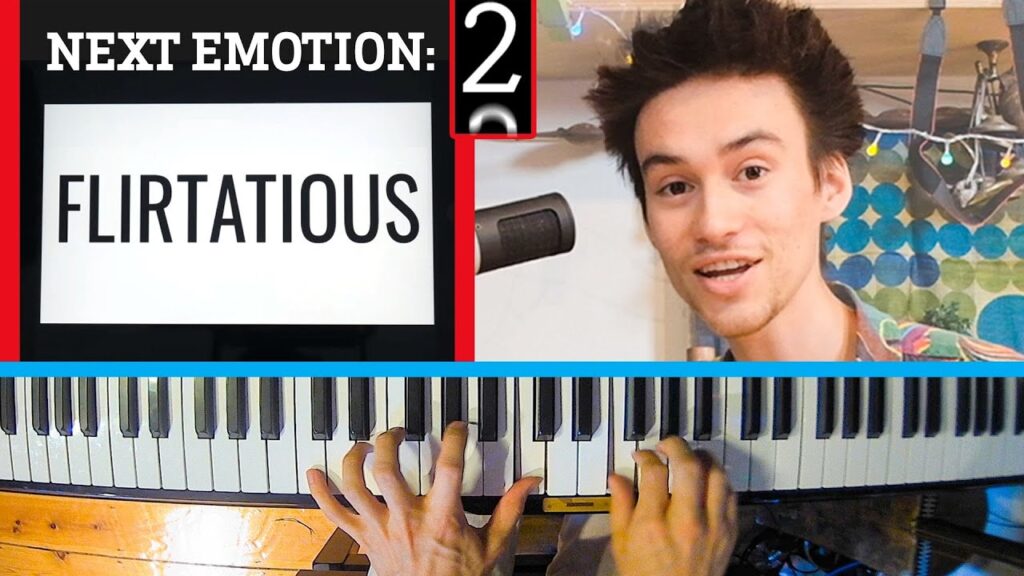The Fascinating World of Conlangs: How Fictional Languages are Created and Evolve
Summary
In this transcript, Eric Singe explains the world of conlangs or constructed languages. He explores the different conlangs used in popular TV shows and movies, and how they add depth and authenticity to storytelling. He breaks down the linguistic structures and sounds of each language and touches on the challenges of creating languages for non-human characters. Eric also mentions the linguistic evolution of characters in the shows who speak these languages and the tests and exams for proficiency in these constructed languages.
Table of Contents
- Introduction
- What are conlangs, and why are they important in storytelling?
- Which popular TV shows and movies feature conlangs?
- How do you create a conlang?
- What are the challenges of creating conlangs for non-human characters?
- How do actors learn and master conlangs?
- Conclusion
Introduction
In the world of storytelling, language helps to shape the characters, the setting, and the world-building. While some storytellers may use real-life languages, others often create their own fictional languages, known as conlangs. These conlangs are used to add depth and authenticity to storytelling and help to shape the characters in the story.
In this Q&A, we’ll be exploring the world of conlangs with Eric Singe. Eric will be giving us insight into the popular conlangs used in movies and TV shows, how they were created, and why they’re important.
What are conlangs, and why are they important in storytelling?
Q. Can you tell us what conlangs are, and why do storytellers use them?
Eric: Conlangs, short for constructed languages, are languages that are intentionally created by people. They differ from natural languages, which evolve over time from generations of speakers.
Storytellers use conlangs to add depth and authenticity to their storytelling. Creating a language for a fictional world can help anchor that world and make it feel more real to the audience. Conlangs can evoke a sense of culture and history for these fictional worlds.
Q. How do conlangs compare to natural languages?
Eric: Conlangs differ from natural languages in several ways. First, conlangs are often created by a single individual or a small group and lack the diversity that is found in natural languages. Second, conlangs generally have a smaller vocabulary, and the structure of the grammar is often simpler. Finally, because conlangs are created for specific purposes, they can be designed to be more suitable for the needs of the storyteller.
Which popular TV shows and movies feature conlangs?
Q. Can you tell us about some of the popular conlangs used in movies and TV shows?
Eric: There are many conlangs used in movies and TV shows. Some of the most popular are Klingon from Star Trek, Dothraki and High Valyrian from Game of Thrones, and Parseltongue from Harry Potter.
Klingon is a language created for the Star Trek franchise with its own unique sound and grammatical structure. Dothraki and High Valyrian were created by Jan Hayden-Rowles, the dialect coach for Game of Thrones. These languages help to add depth and authenticity to the show’s storytelling.
Parseltongue, on the other hand, is a fictional language used in the Harry Potter series to communicate with snakes. It was inspired by Niger-Congo languages and features sounds that snakes can make.
Q. How are these conlangs used in the storytelling?
Eric: These conlangs are used to help shape and define the characters in the storytelling. For example, in Game of Thrones, the use of Dothraki and High Valyrian helps to draw a distinction between the Dothraki and the other characters in the story.
Conlangs also help to create a sense of immersion and authenticity for the audience. When a fictional world has its own language, it helps to make that world feel more real and interesting.
How do you create a conlang?
Q. Can you walk us through the process of creating a conlang?
Eric: Creating a conlang is a complex process that requires expertise in linguistics and a lot of imagination. The first step is to create the sound system for the language, including the phonemes or the sounds that make up the language.
Next, the grammar and structure of the language must be created. This includes deciding on the order in which words are put together, the use of articles, and the tense system, among other things.
Finally, vocabulary must be created, usually in the form of a dictionary. It is usually best to create a small amount of vocabulary and grammar to begin with and then slowly build up the language as needed.
Q. How are some of the conlangs created using real-life linguistic influences?
Eric: Many conlangs are created using real-life linguistic influences. For example, Dothraki features a lot of Arabic sounds and structures, while Klingon is inspired by Japanese and Arabic.
These influences often come from the language backgrounds of the creators themselves. Some conlang creators are actual linguists who specialize in conlang creation and will use actual linguistic research as a basis for their imaginary language.
What are the challenges of creating conlangs for non-human characters?
Q. How do you create languages for non-human characters like droids?
Eric: Creating languages for non-human characters can be more challenging than creating languages for humans. One challenge is that non-human languages need to be inherently different while still making sense to the audience.
For example, in Star Wars, droids speak in beeps and whirs. These sounds are used to convey emotional and linguistic nuances that humanoid beings would be able to understand. This requires the creation of a unique sound system that helps to convey a specific set of emotions and ideas.
Another challenge is that non-human characters may not have mouths or vocal cords, which makes it difficult to create a language that makes sense. In the case of the heptapods from the movie Arrival, the language was created to be written, as the aliens do not have a spoken language.
How do actors learn and master conlangs?
Q. Do actors have to learn conlangs, and how do they master them?
Eric: Yes, actors who are cast in roles that require them to speak in conlangs are required to learn and master them. This requires a lot of preparation and practice.
For example, when actors are preparing to speak in Dothraki or High Valyrian for Game of Thrones, they work with a dialect coach who has expertise in that particular language. The coach will work with them on the sounds and grammar, and help them to deliver their lines with the appropriate emotion and intonation.
Some actors take to conlangs more easily than others. For example, the actor who played Daenerys Targaryen in Game of Thrones, Emilia Clarke, took to High Valyrian so well that she was able to converse in the language fluently.
Q. Are there tests and exams for proficiency in conlangs?
Eric: Yes, there are tests and exams for proficiency in conlangs. The Language Creation Society, for example, offers a certification program for conlangs called the Language Creation Artisan.
Conclusion
In conclusion, conlangs are an important part of storytelling that can add depth and authenticity to fictional worlds. They are created by linguists and other language specialists who use real-life linguistic influences to make these languages sound authentic. While challenging, these languages can be mastered by actors and even tested for proficiency. The world of conlangs is fascinating and adds an extra dimension to the storytelling found in movies and TV shows.






